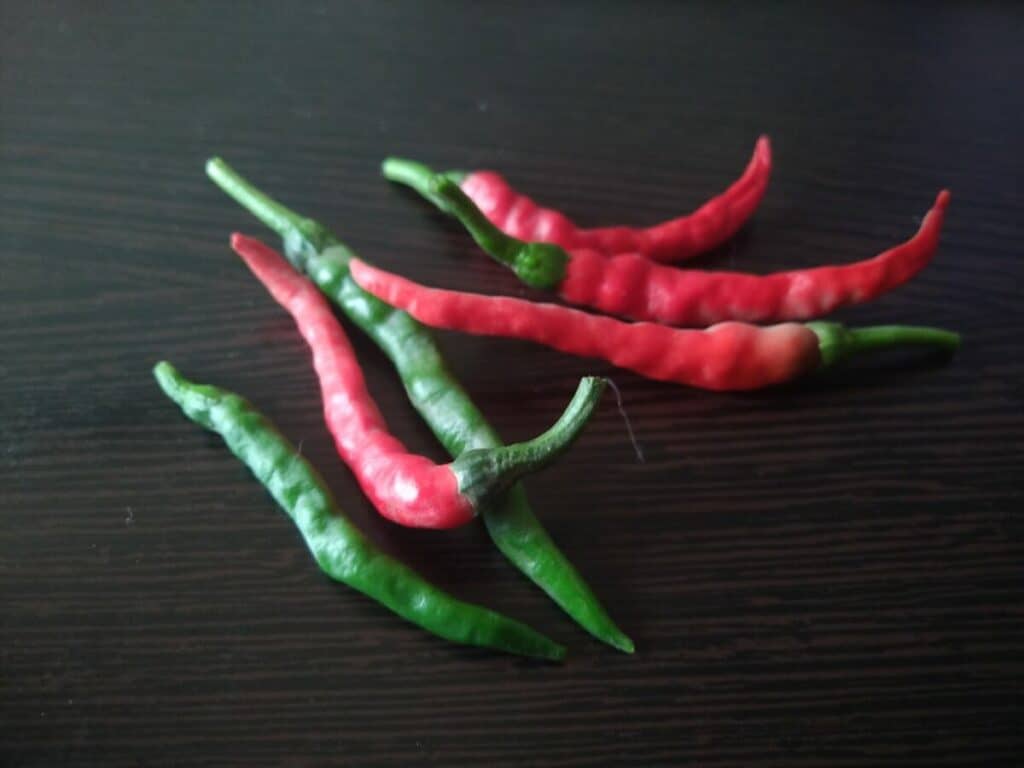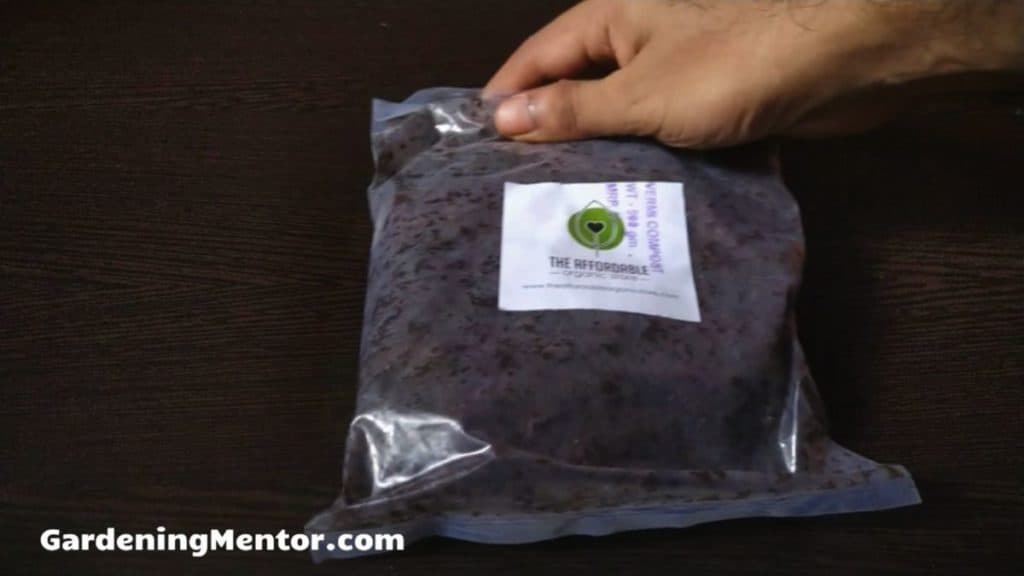I’ve been learning how to grow plants at home and wanted to check whether plants grow better in pots or in the ground. That’s why I’ve researched the topic and wrote a helpful post to answer this question.
Plants grow better in the ground than in pots because they get more growing space. The plant roots can spread deeper and wider to get more nutrients, moisture, and aeration. Nutrients and moisture are more readily available in the ground than in pots where you need to provide them yourself.
Most beginners find it confusing when they have both options to start growing plants. That’s why I’ve listed some details below that can help you decide whether to choose to grow in pots or in the ground.
Should you grow plants in the ground or in pots?
We can look at some factors when growing plants and use them to make the decision of growing in the ground or in pots.
Soil
You need to have rich, organic, well-draining soil for plants. If the ground in your garden has this, you’re good to plant in the ground.
If it does not, you can amend the soil using matter like organic compost but it’s a time-consuming process that can take months or years. You could also build a raised-bed and fill it with the required type of soil. But this can get a bit expensive.
If you have poor soil in the garden, growing plants in pots is a good option. You can control the potting soil as well as the nutrients you add to the soil.
Growing space
To grow plants in-ground, you need sufficient space. If you have that, go right ahead.
But maybe you live in a small apartment and can only grow plants in the balcony. Or your patio has all the space for the plants. That’s when you need to choose to grow in pots.
Sunlight
Many plants like vegetables need a lot of sunlight. They could need full-sun of about 6-8 hours to grow well.
The ground in your garden needs to get the amount of sunlight your plants need. If the location does not get sufficient sunlight, you can choose pots.
The benefit of growing in pots is you could move them around to catch the required sunlight. So as winter approaches and the sun shifts its position, you could still get plenty of sunlight for the plants.
Yield
One of the reasons I want to grow plants is to grow my own vegetables. If that’s your goal as well, you need to check how well the plants grow fruit.
You can grow plenty of herbs and leafy greens in pots to get a good yield. But if you’re growing vegetables like tomatoes or peppers, the best yield comes from growing them in the ground.
The same can be said about root vegetables like carrots, beets, and garlic. You can get a much higher yield growing them in the ground than in pots.

Watering
The amount of water your plants will need is a big difference between growing in-ground and in pots.
Plants in the ground can spread their roots and reach out for water. So you don’t need to worry too much about watering them.
But growing plants in pots means their roots are restricted and the soil dries out faster.
You need to water them frequently. In the summer, you may need to water them 2-3 times per day or more.
You can try to use a drip-irrigation system to water the plants in the ground or in pots.
Growing season
If you live in zone 1-2 you may have a very short growing season. This means your winters are long and summers are short. So your time to grow plants in the ground is limited.
One way you can get around this problem is to start seeds indoors before the growing season starts. And then moving them out during the growing season.
The other option is to continue growing them indoors during and after the growing season. You can do this when growing plants in pots. You just need to move the pots indoors where the temperature and light can be controlled.
Weeds
You’re going to have problems with weeds when growing plants in the ground. You can reduce the problem by using good, organic mulch. But you’ll still need to take care of them occasionally.
Weeds are not as big a problem when you grow plants in containers. That’s because the space is limited in the pots. And it’s harder for weed seeds to get into the containers.
Pests and diseases
Pests and diseases are as inevitable as weeds in the garden. Your plants will be faced with them at some point in time.
Growing plants in the ground make them more vulnerable to these problems. The pests and diseases reach them from the ground or through the air. You could also have animals entering your garden to feast on your plants and produce.
Growing in pots helps you reduce issues with pests and diseases to a large extent. That’s because the container and soil you use is sterile. And the plants are isolated from each other as well as the environment.
Flexibility
Having plants in the ground makes it more difficult to move them around. You’ll have a big task when you change house or want to move them indoors for protection.
Growing in pots has the advantage that you can move the pots around as you please. You could move them to an area with better sunlight. Or indoors to protect them from the wind or frost.
It might be a problem moving large pots around but you can place them on moving trays before you grow the plants.
Maintenance
When you grow plants in the ground, you need to watch over them every day. You’ll walk through the garden checking each plant for weeds, pests, and diseases.
That can be quite a task when you have a good-sized garden with plenty of plants. And it can be hard on the back for seniors to do such maintenance.
Growing in pots helps you reduce the maintenance with a lower potential of weeds, pests, and diseases. You can also place the pots at a good height so seniors don’t need to bend while tending the plants.
Aesthetics
If you want to make your garden look pleasing to the eye, an in-ground garden might be plain and boring.
Growing in pots can help you make your garden a lot more attractive. You can choose from a variety of pots with different materials like plastic, metal, ceramic, or terracotta.
These pots can be simple or come with a variety of aesthetic design patterns on them that you would enjoy.
You can grow such pots in the apartment or the balcony with different arrangements. You can use methods like vertical gardening and window-sill gardening to beautify your home.
Can you amend the poor soil in the ground to grow plants?
You might not like growing in pots and want to grow in the ground. But the problem could be the soil is poor.
Don’t worry because there are solutions to this problem.
Amend the soil
The simplest way to improve the soil is by using amendments. You need to get your soil tested to know what it’s lacking.
It’s easy to get your soil tested by your local extension service. You can find a state-wise list of extension services at the link below.
List of state-wise extension services
All you need to do is collect samples of the soil in your garden and send it to them. They will give you the exact details of your soil and what you can do to improve it.
You do need to pay for this service but the fees are minimal so it should not be a problem.
The soil test will give you the amendments you need and the quantity you need to apply to the soil.
Do this and your garden should be ready for planting in a few months.
Enrich the soil with compost

Sometimes it may be that the soil in your garden is really bad. It may be very sandy or full of clay. That makes it unsuitable for growing most plants.
But again, don’t worry as there’s a solution to this problem. As long as you can be patient.
The way to improve such soil is with good, organic compost. You need to keep adding such material and growing plants in the soil till it turns into the rich, fertile soil you need.
The problem is that filling up your ground with compost can be expensive. And it can take a few months to years to completely change the composition of your soil.
Grow plants in a raised-bed garden
Another good choice you have is to create a raised-bed garden. This helps you avoid the problems with the existing soil in your garden.
You create a raised-bed and then fill it up with a mix of good soil and nutrient-rich compost. This helps you create your own environment that is ideal for growing plants.
The problem with this method is you do need to spend some money on building a raised-bed as well as filling it up with soil and compost.
However, this is the fastest method you can use to start growing the plants you enjoy in your garden.
You can also pick the size of the raised-bed whether a small 4×4 one or a larger 4×8 or 4×12 based on your needs.
What are the plants you can grow in pots?
You might have found out that growing in-ground is not possible for you. And you want to start growing your plants in pots. But can you grow any plant in a pot?
Well, you can grow most plants in pots but some may be easier to grow than others. And there might be some plants that are extremely difficult if not impossible.
I’ve found that the easiest plants to grow in pots are herbs. You can pick any herb you want and grow them in small containers. You could even create an entire herb garden in your home.
You should not have problems growing most varieties of flowers in plants. So pick any you want and start growing them in pots.
You can also grow plants that bear fruit in containers. It’s not difficult to grow plants like tomatoes, peppers, and cucumbers in pots. They do need more care and maintenance like plenty of water and support.
Root vegetables like carrots, beets, turnips, or vegetables like garlic, potatoes, and onions can be a bit tricky to grow in pots. But if you grow them a few times, you’ll get the experience to grow them well.
The most difficult plants to grow in containers would be trees. Though there are dwarf varieties that you can grow without any issues.
Further Reading
I use container gardening to grow vegetables on my apartment balcony and the plants grow just fine. If you’re interested in container gardening, check out the basics I’ve added in the post,

Fact Checked, Written, and Published by Kevin Rodrigues
Kevin is the founder of Gardening Mentor, a website that aims to teach people to grow their own food in a limited space. As a self-taught gardener, Kevin has spent several years growing plants and creating gardening content on the website. He is certified in Home Horticulture and Organic Gardening from Oregon State University. He has a Post Graduate Diploma in Horticulture and Landscape Gardening from Mumbai University.
Read more
